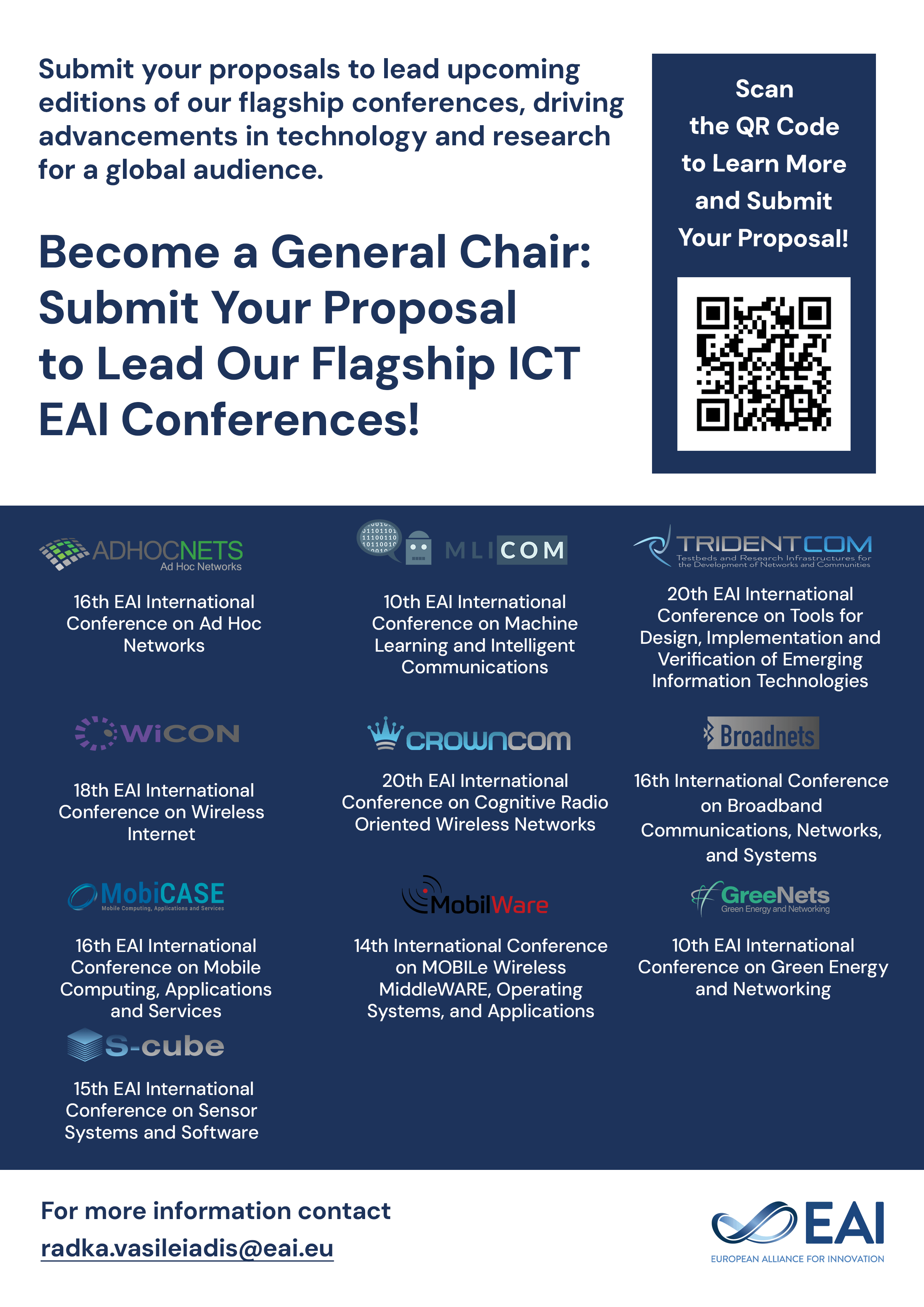
Research Article
HCI challenges in Dance Education
@ARTICLE{10.4108/eai.23-8-2016.151642, author={K.El Raheb and A. Katifori and Y. Ioannidis}, title={HCI challenges in Dance Education}, journal={EAI Endorsed Transactions on Ambient Systems}, volume={3}, number={9}, publisher={EAI}, journal_a={AMSYS}, year={2016}, month={8}, keywords={HCI, whole-body interaction, digital learning, dance; education}, doi={10.4108/eai.23-8-2016.151642} }- K.El Raheb
A. Katifori
Y. Ioannidis
Year: 2016
HCI challenges in Dance Education
AMSYS
EAI
DOI: 10.4108/eai.23-8-2016.151642
Abstract
Dance learning is by nature multimodal, while dance practice presents a wide diversity across genres and contexts. Choreography and artistic contemporary dance performances have been using interactive technologies to support their creative process for several decades. Nevertheless the use of interactive technologies to support dance learning and education is still relatively immature and raises many challenges and interesting questions when it comes to choosing the appropriate human computer interaction methods. In this paper, we present the characteristics of dance teaching and learning in relation to interactive technology and we highlight the points/feedback that dance, as a field of mastering expressive movement, can bring to the design of whole-body interaction experiences.
Copyright © 2016 El Raheb et al., licensed to EAI. This is an open access article distributed under the terms of the Creative Commons Attribution licence (http://creativecommons.org/licenses/by/3.0/), which permits unlimited use, distribution and reproduction in any medium so long as the original work is properly cited.


